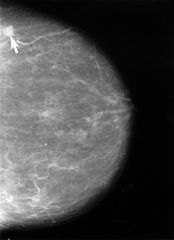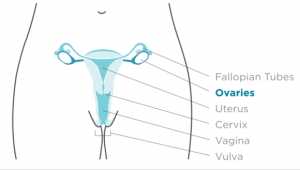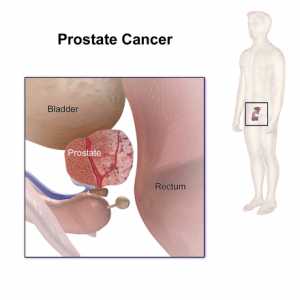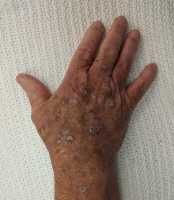MedicalResearch.com Interview with:
Filip Janku, MD, PhD
Associate Professor, Investigational Cancer Therapeutics
(Phase I Clinical Trials Program)
Center Medical Director, Clinical and Translational Research Center
The University of Texas MD Anderson Cancer Center
Houston, TX 77030
MedicalResearch.com: What is the background for this study? What are the main findings?
Response: Clostridium novyi-NT is an attenuated strain of bacteria Clostridium, which induced a microscopically precise, tumor-localized response in a rat brain tumor model and in companion dogs bearing spontaneous cancers.
Clostridium novyi-NT can only grow in hypoxic (low-oxygen) tumor environment and destroys cancer cells by secreting lipases, proteases, and other hydrolytic enzymes; recruiting inflammatory cells to tumors eliciting anti-tumor immune responses in animals. Furthermore, intratumoral injection can plausibly induce an immune mediated abscopal effect in non-injected tumor sites.
Therefore, we designed a phase I dose-finding study to test for safety and tolerability of the single intratumoral injection of
Clostridium novyi-NT in 24 patients with advanced cancers with no available standard therapies. We also designed experiments to study activation of antitumor immune response in blood and tumor samples from patients undergoing the therapy.
We demonstrated that single dose of intratumoral injection of
Clostridium novyi-NT is feasible and has led to significant destruction of injected tumor masses. Adverse events, which were often related to the tumor destruction at the infected site, could have been significant but mostly manageable. Correlative studies of pre-treatment and post-treatment tumor and blood samples suggested immune response to therapy.
(more…)
































